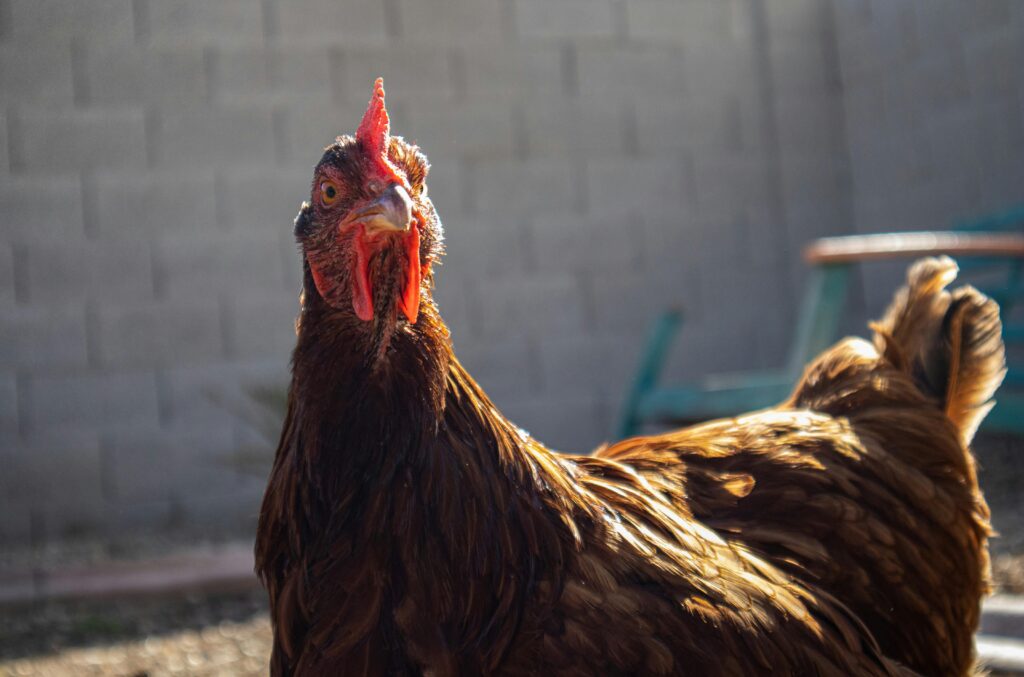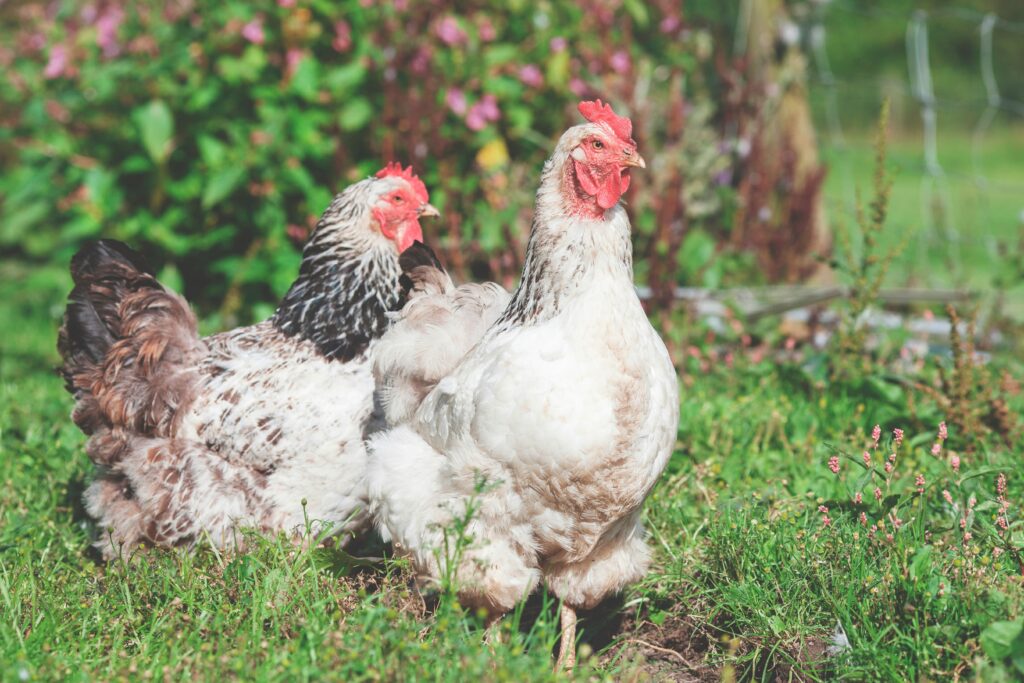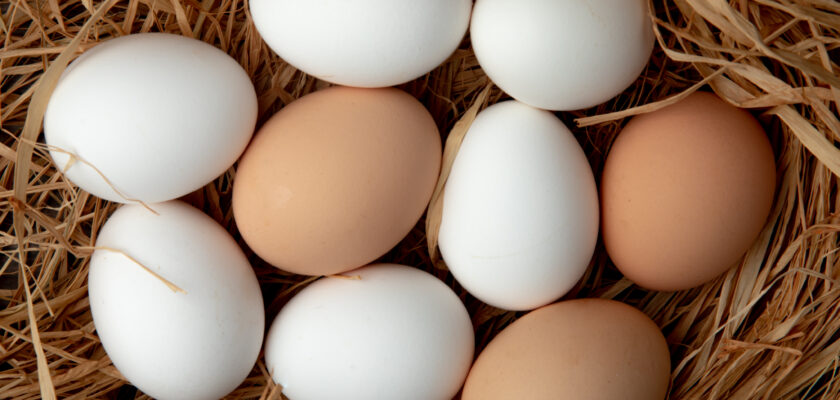Introduction
When it comes to raising backyard chickens or understanding poultry for sustainability, a common question is: how many eggs do chickens lay naturally? While commercial farms have modified practices to maximize output, chickens in their natural rhythm follow seasonal, hormonal, and environmental cues to produce eggs.
Let’s dive deep into the science, history, and practical knowledge around natural egg-laying cycles, explore top breeds, and get real insights into how many eggs you can truly expect without human intervention.

Photo by Andreas Ebner
Understanding Natural Egg-Laying in Chickens
Natural egg-laying refers to the biological process wherein hens produce eggs based on innate cycles, unaltered by artificial lights or hormones. In nature, hens lay an average of 3–5 eggs per week, depending on several conditions.
Hens don’t require a rooster to lay eggs — fertilization only matters if chicks are desired. Their production is guided by daylight, nutrition, age, and overall health.
Evolutionary Reason Behind Egg-Laying Frequency
In the wild, jungle fowl — ancestors of modern chickens — laid a clutch of 10–12 eggs per season, just enough to hatch a brood. Selective breeding in domesticated chickens has ramped up this capacity, but the foundation remains evolutionary. A hen’s reproductive system is triggered by increasing daylight, usually in spring and summer.
What Does “Naturally” Mean in Egg Production?
Natural egg production means egg-laying without artificial enhancements, such as:
- No synthetic light beyond sunrise/sunset
- No commercial hormone treatments
- Free-range or pasture-raised environments
- No forced molting or production schedules
This approach values animal welfare, sustainability, and healthier eggs — but yields fewer eggs than factory farming.
Key Factors Affecting a Chicken’s Egg Output
Age and Breed
Younger hens (6–24 months) lay the most consistently. Some breeds, like Leghorns, naturally lay more due to genetics.
Diet and Nutrition
A protein-rich diet, along with calcium (e.g., oyster shells), boosts shell quality and frequency. Natural layers rely heavily on forage and kitchen scraps supplemented with grains.
Seasonality and Sunlight
Hens require 14–16 hours of light daily to lay at peak. In natural conditions, they slow down or stop during short winter days.
Stress and Environment
Predators, overcrowding, or changes in environment may suppress egg-laying entirely.

Photo by Moepoofles Moepoofles
Top 5 Chicken Breeds and Their Natural Egg Output
1. Rhode Island Red
- Avg. 5–6 eggs/week (260–280 annually)
- Hardy and dual-purpose
2. Leghorn
- Avg. 6–7 eggs/week (up to 300 yearly)
- Prolific layers, less broody
3. Sussex
- Avg. 4–5 eggs/week
- Gentle disposition, consistent layers
4. Plymouth Rock
- Avg. 4–6 eggs/week
- Cold-hardy, friendly
5. Australorp
- Holds record: 364 eggs/year
- Average: 5–6 eggs/week
Natural Egg-Laying vs. Commercial Production
Hormones and Light Manipulation
In commercial settings, hens are exposed to artificial lights and optimized feed to maintain 365-day production.
Life Cycle Differences
Naturally raised hens live 6–8+ years, while industrial hens are often culled after 18 months due to reduced output.
How Many Eggs Can You Expect Without Interference?
Daily and Weekly Natural Laying Averages
- Backyard hens typically lay 3–5 eggs/week
- Expect a pause during winter or molting
Yearly Estimates per Breed
| Breed | Eggs per Year (Natural) |
| Leghorn | 280–300 |
| Rhode Island Red | 260–280 |
| Sussex | 220–250 |
| Plymouth Rock | 240–260 |
| Australorp | 250–300 |
Egg-Laying Phases of a Hen’s Life
Pullet Stage (4–6 Months)
Start laying small eggs as hormones kick in.
Peak Laying Stage (6–24 Months)
Egg size and frequency peak. Most eggs laid in this stage.
Declining Years (2.5 Years+)
Egg output decreases naturally; quality may vary.

Photo by Stephen Mierendorf on Unsplash
Egg-Laying Myths Debunked
- Myth: Hens lay daily without fail
Not naturally; light and health affect frequency - Myth: Roosters are required
Only for fertilized eggs - Myth: Brown eggs are healthier
Color is breed-specific, not nutrition-related
How to Naturally Support Healthy Egg Production
Balanced Feed
Use layer pellets, crushed oyster shell, and occasional treats.
Access to Outdoor Spaces
Natural forage boosts nutrition and reduces stress.
Nesting Box Management
Clean, shaded, quiet areas encourage laying.
Molting Considerations
Provide protein-rich feed during molting to aid recovery.
Common Problems with Natural Laying
Egg Binding
Occurs when hens can’t pass an egg. Needs quick intervention.
Soft Shells
Often due to calcium deficiency.
Reduced Laying in Winter
Short days = fewer eggs. Consider reflective panels or rotating feed.
Natural Egg Production and Animal Welfare
Raising chickens naturally supports ethical farming and produces more nutritious eggs, higher in omega-3s and vitamin D. Consumers also value the transparency and sustainability of non-industrialized practices.
Frequently Asked Questions (FAQs)
1. How many eggs does a chicken lay per week naturally?
Most breeds lay between 3–5 eggs weekly without light manipulation.
2. At what age do hens stop laying eggs?
Peak production declines after 2 years, but some hens lay until age 6–7.
3. Do all chickens lay eggs every day?
No — even prolific layers will skip days naturally.
4. What month do chickens stop laying?
Typically, hens lay less in late fall and winter due to shorter daylight.
5. Do backyard chickens lay fewer eggs?
Yes, but their eggs are often higher in quality and more nutrient-dense.
6. Can you eat the first eggs a hen lays?
Absolutely — although they’re smaller, they’re safe and delicious.

Photo by Jenny Hill on Unsplash
Conclusion
Understanding how many eggs chickens lay naturally is essential for sustainable poultry keeping and managing expectations. While commercial hens may be pushed to lay daily, natural cycles focus on health, seasonality, and welfare — yielding fewer, yet better-quality eggs.
Whether you’re an urban homesteader or hobbyist, following a more natural path promotes happier hens and healthier homes.
